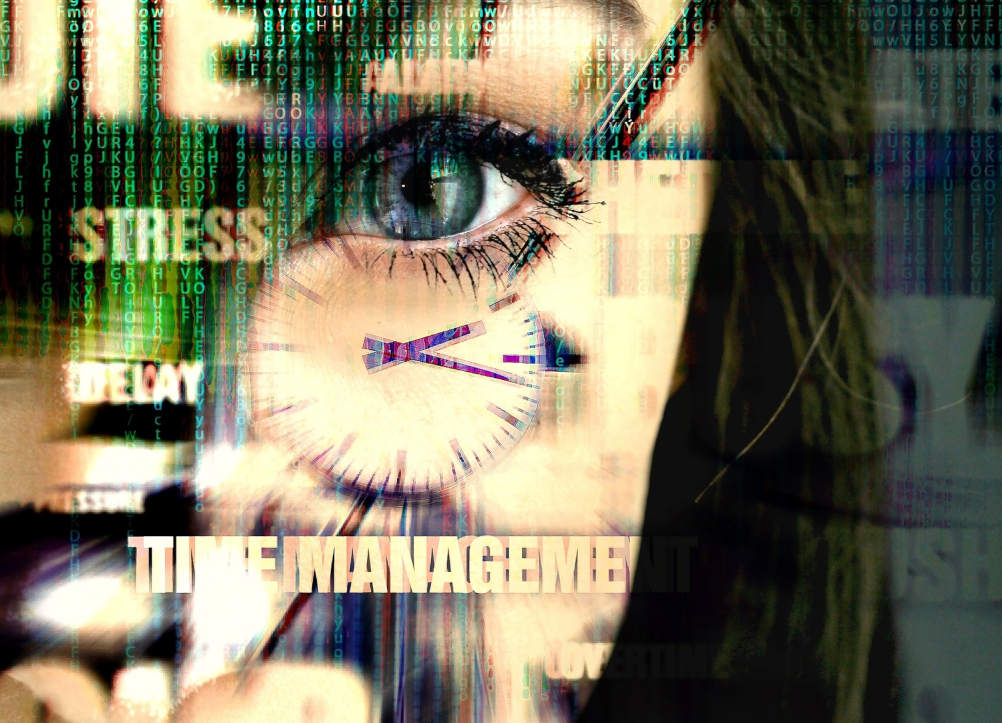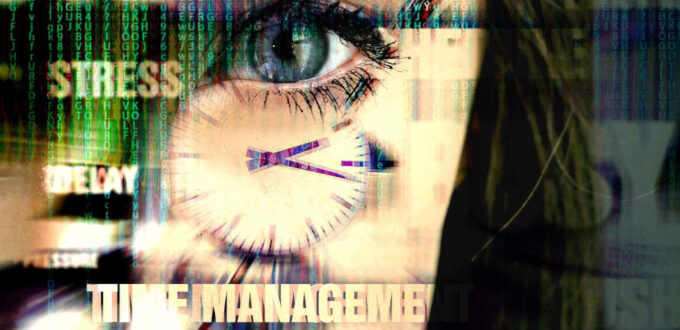
As workplaces continue to mutate into a mixture of designated buildings and makeshift home offices, productivity has become increasingly difficult to monitor as the focus shifts away from simple benchmarks such as hours logged.
One of the most reliable and feasible measurements we have is to self-assess our own productivity throughout the workday, which includes identifying where we’re falling short and why.
Honesty with ourselves is key here, but if you’re in need of assistance to figure out where to start looking for these pitfalls, we’ve compiled the common denominators in most workplaces.
Multitasking above capacity
In 2008, Nneuroscientist Earl Miller told NPR, “People can’t multitask very well, and when people say they can, they’re deluding themselves.”
“You’re not paying attention to one or two things simultaneously, but switching between them very rapidly,” he continued. As an office worker with a variety of different tasks throughout the day, this rings particularly true.
How often have you found yourself with multiple tasks at hand — all seemingly of equal importance and urgency — only to waste a good chunk of time trying to focus on all of them at once?
The best way to avoid this trap is to allow for blocks of time during the day to focus on one task at a time. So you don’t get distracted by additional requests while you’re trying to complete your current duties, communicate with your team members about what you’re doing and when.
Running out of steam
You may have heard the downright bizarre expression, ‘Eat the frogs first thing in the morning’, countless times since you’ve entered the workforce without knowing exactly what it means.
The (in)famous Mark Twain quote is actually a smart way of approaching your workday. In the simplest of terms, it means that you should tackle the biggest task first with the rationale being you’ll be less motivated to complete it in the afternoon.
Productivity can take a sharp nosedive in the afternoon when we’re allegedly at our groggiest, so if you’ve already got the mammoth project out of the way, you can use the afternoon to chip away at the more achievable tasks.
Working in a distracting environment
There are countless factors associated with your working space that can cause consistent distractions and affect your overall productivity.
Sitting in the same spot for hours on end is a great way to increase your desire to be distracted, too — you’ll become tired of your designated spot eventually and will be more prone to seek relief from the monotony in the form of your phone, a conversation or a spontaneous snack break.
Forbes suggests mixing up your environment to ensure it keeps you alert and invigorated. As more of us continue to work from home, it’s entirely achievable to move to various rooms or, on a nice day, outside to get some vitamin D while you power through your daily tasks.
Ineffective time management
Being unable to manage your time effectively can severely impact the quality — not just the quantity — of your work, as you’ll find yourself scrambling to finish tasks in a smaller timeframe than you anticipated.
To combat this, repeat the same tactic that was suggested for multitasking and set yourself your own goals outside of the deadlines given to you by your company.
If you don’t work to deadlines but you still struggle to get your tasks done in a particular time frame, it would be worth ensuring you have all of the tools at your expense to help you.
(There are various tools that) ……….will help streamline your own process – like creating, editing, signing, or sharing documents – to shave off those minutes or hours you sink into unnecessarily doing it the hard way.
It’s all about working smarter, not harder — a cliché, sure, but an accurate one.
Source: Business Insider Australia











